Give me a break! We all say it and we all need it. Sometimes your digestive system needs a break from the onslaught of all the different foods we eat too. It’s good to be kind to your body. It’s the only one you have! I have tried many cleanses and most of the time I was afraid of starving to death and my husband was afraid I was going to eat him! Kitchari doesn’t feel that way. You get plenty to eat and are satisfied. In fact, it tastes so good it doesn’t feel like a cleanse. It’s mild yet flavorful so you can serve it as a side dish too and it’s gentle on your bodies digestive system, which gives it a rest.
How do you know when it’s time for a break? When you’re feeling stressed out or overwhelmed, if you have been sick and need to pump up your immune system, you’re cravings are unhealthy (more than the occasional sweet treat), you need a change of diet or you’re too busy to prepare other food and need deep nourishment (you can make a huge pot that lasts for days and it is very inexpensive)
No matter what your religious beliefs are, India is thought of by many as being a very spiritual place. One of the most well known of these spiritual people was Mahatma Gandhi who, through nonviolent resistance, brought about the independence of India in 1947. Ayurveda is a 5,000-year-old system of natural healing that has its origins in the Vedic culture of India. Ayurvedic medicine is one of the world’s oldest medical systems. It originated in India and remains one of the country’s traditional health care systems to this day. It’s concepts about health and disease promote the use of herbal compounds, special diets, and other unique health practices. Ayurveda believes that all healing begins with the digestive tract. A “Kitchari Cleanse” purifies the digestive system, cleanses the body of toxins and is said to help to strengthen memory. Now I know I could use that!
We all know what rice is but not all are familiar with Dal. A stew or soup made with any kind of pulses, whole or split, is known as dal. A pulse is a dry legume that grows in a pod of one to 12 seeds. It includes beans, lentils and peas. Dal is often translated as “lentils” but actually refers to a split version of a number of lentils, peas, chickpeas (chana), kidney beans and so on. If a pulse is split into half, it is a dal. I have always wondered about that, how about you?
Kitchari means mixture or mess, usually of two grains and is a staple comfort food of India in addition to a cleanse. If you’re eating this dish specifically to give your digestion a break, steer clear of spicy ingredients like red pepper flakes or cayenne. If not, add some spices and put a little kick in the dish. This recipe has a lot of flavor just the way it is and when I eat it, I think of it more like the chicken noodle soup/stew of India. Pure comfort in a bowl!
Kitchari is a potent blood purifier. In Ayurvedic Medicine the mung bean (moong dal) is used to strip environmental toxins out of the tissues which is especially helpful for the reproductive organs, liver, and thyroid gland health. Fall is a great time to cleanse because it’s right before the holidays when most of us tend to over do it. Thanksgiving, Christmas and New Years is a time for many sweets, rich foods, cocktails and parties. That’s the time we usually Re-tox ourselves not De-tox!
Here’s to your health!
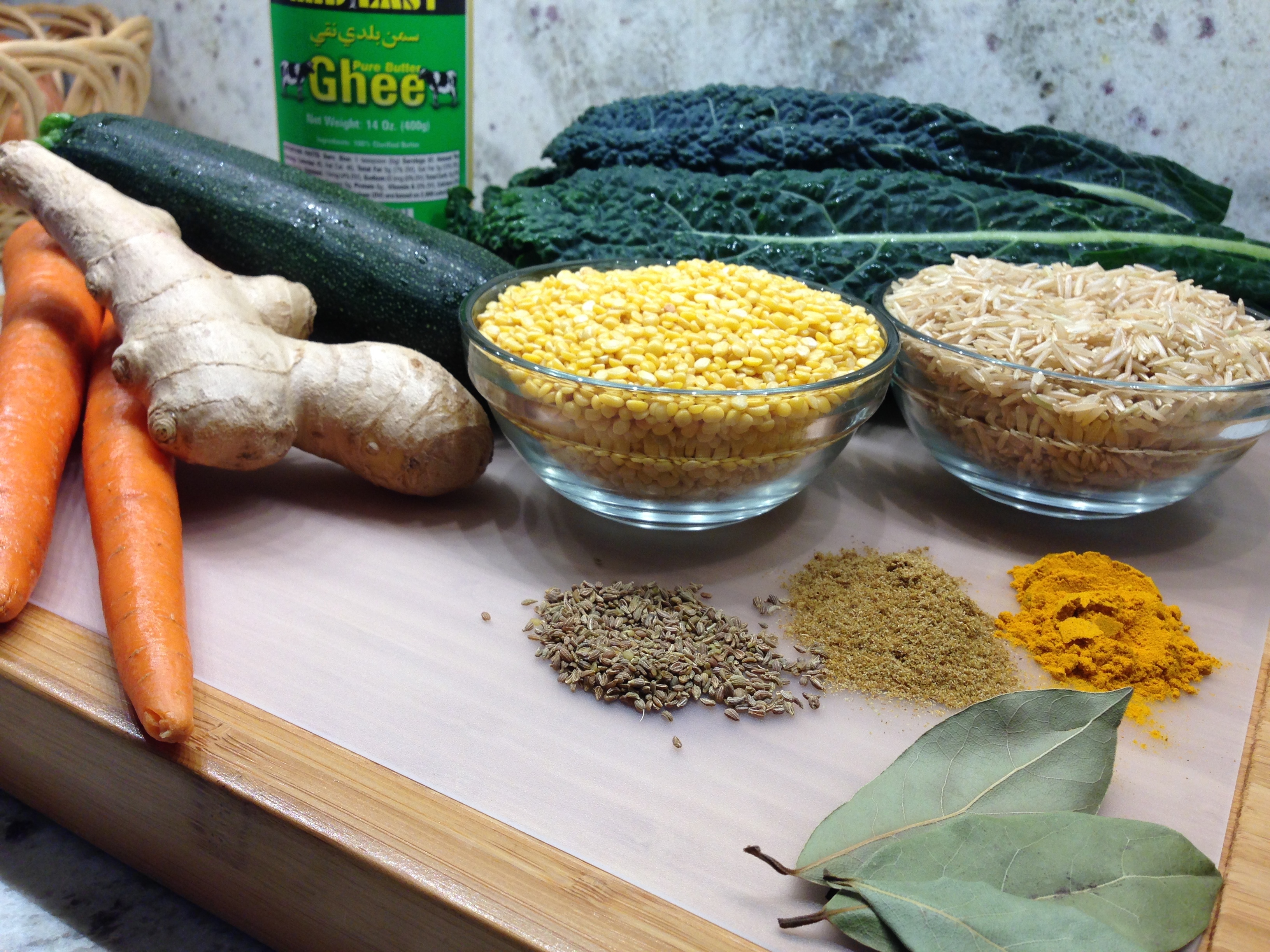
Kitchari ingredients are simple and healthy. It is a very satisfying way to give your system a well needed rest! If you get a headache from the toxins leaving your body, a nice cup of peppermint tea will help to sooth you and relieve the headache . It usually only happens the first day but boy is it a sign you needed this!
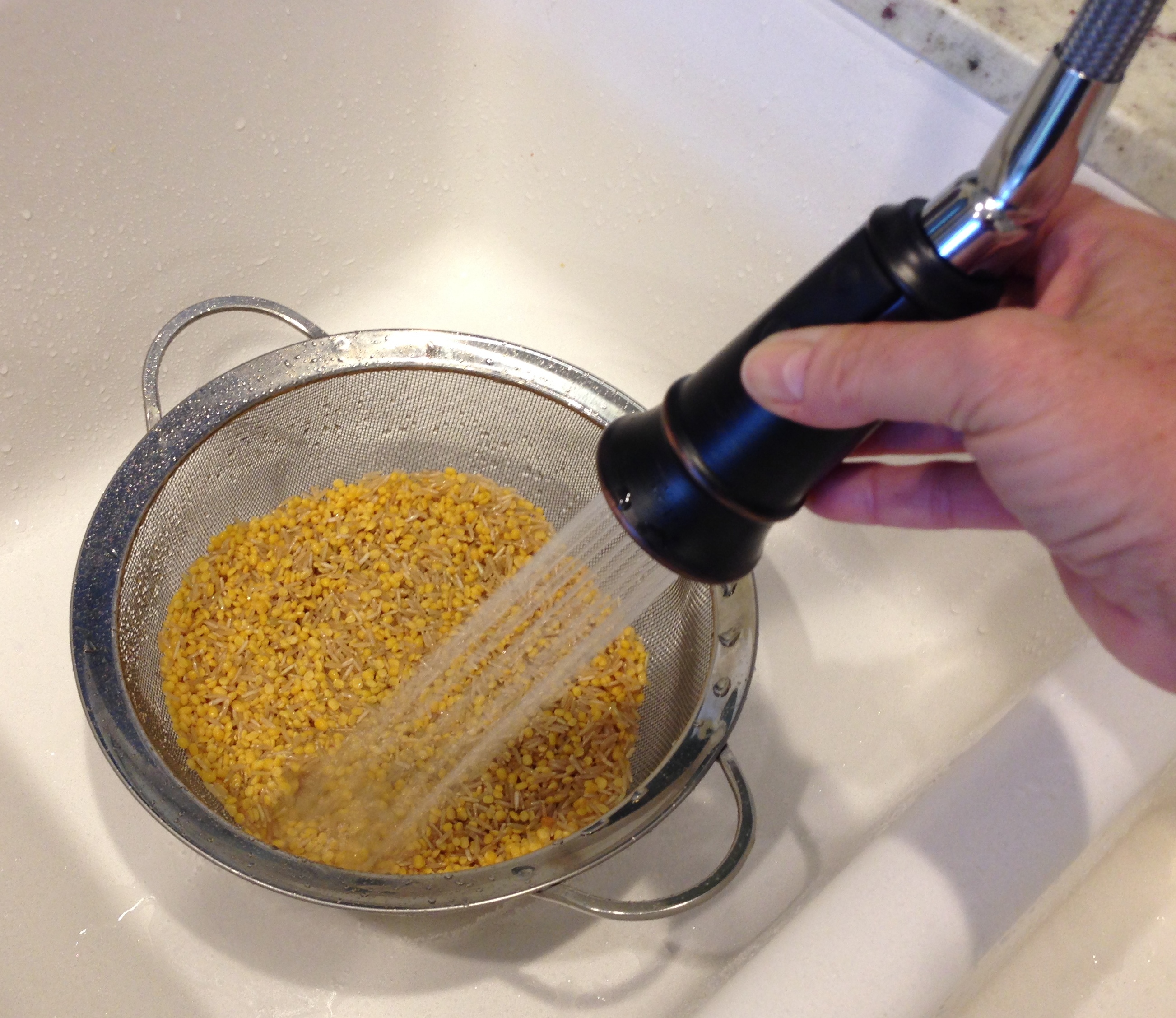
Pick over rice and dal to remove any stones. Put rice and dal in a fine mesh colander and rinse mixture under cool water until water runs clear. Set aside to drain.
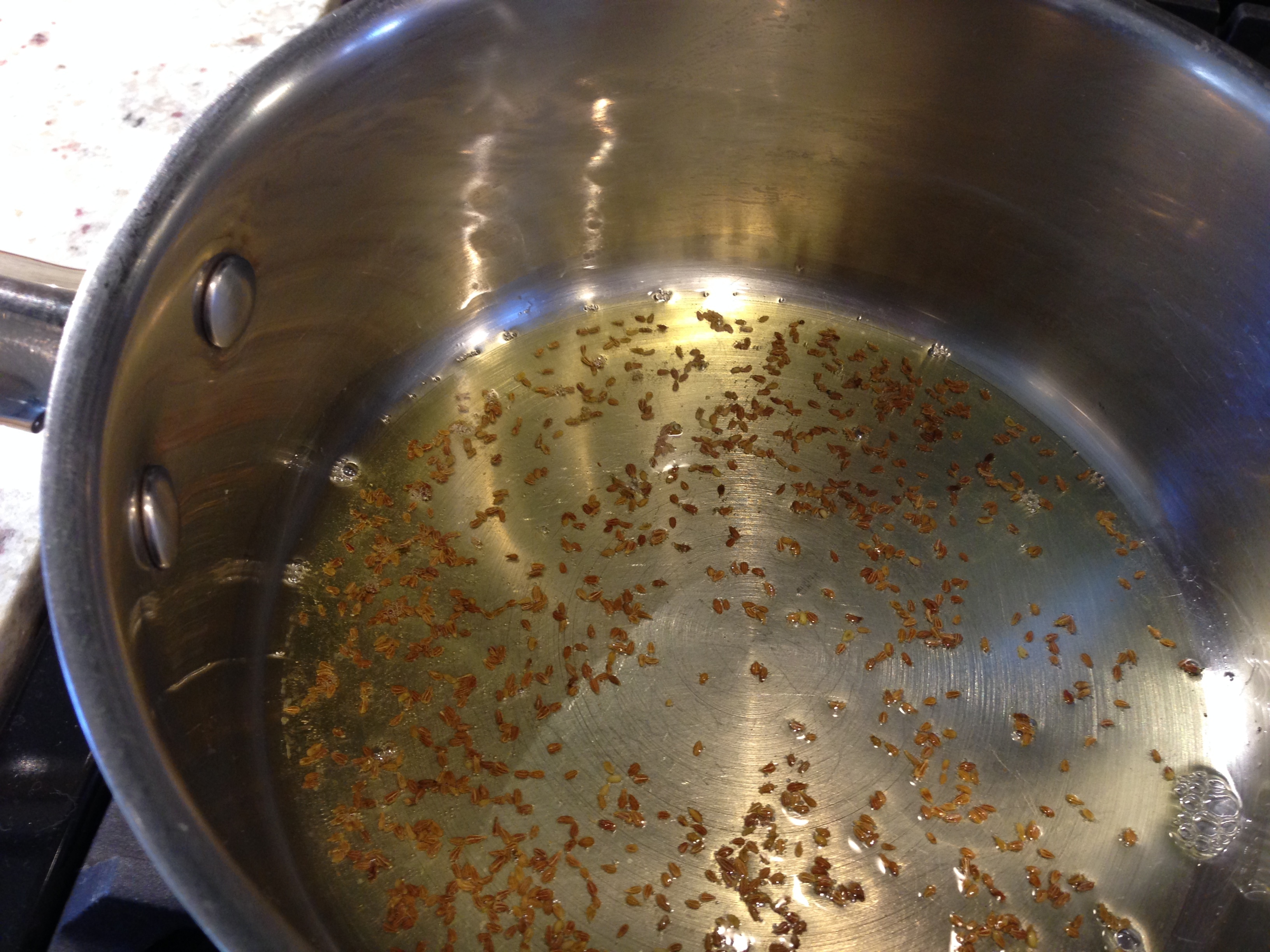
Saute cumin and fennel seeds in Ghee or Butter in a large pot until fragrant. They will pop as they heat up releasing their fragrance. Once I discovered Ghee and a great India market to purchase it from, it changed everything about clarified butter! No more hassle with separating the milk solids (the part that burns in butter) and letting it come to a boil several times without letting it burn….Sometimes there’s just too many things to juggle in the kitchen! I tell you , find yourself some ghee (with no color additives) and you will be a happy chef!
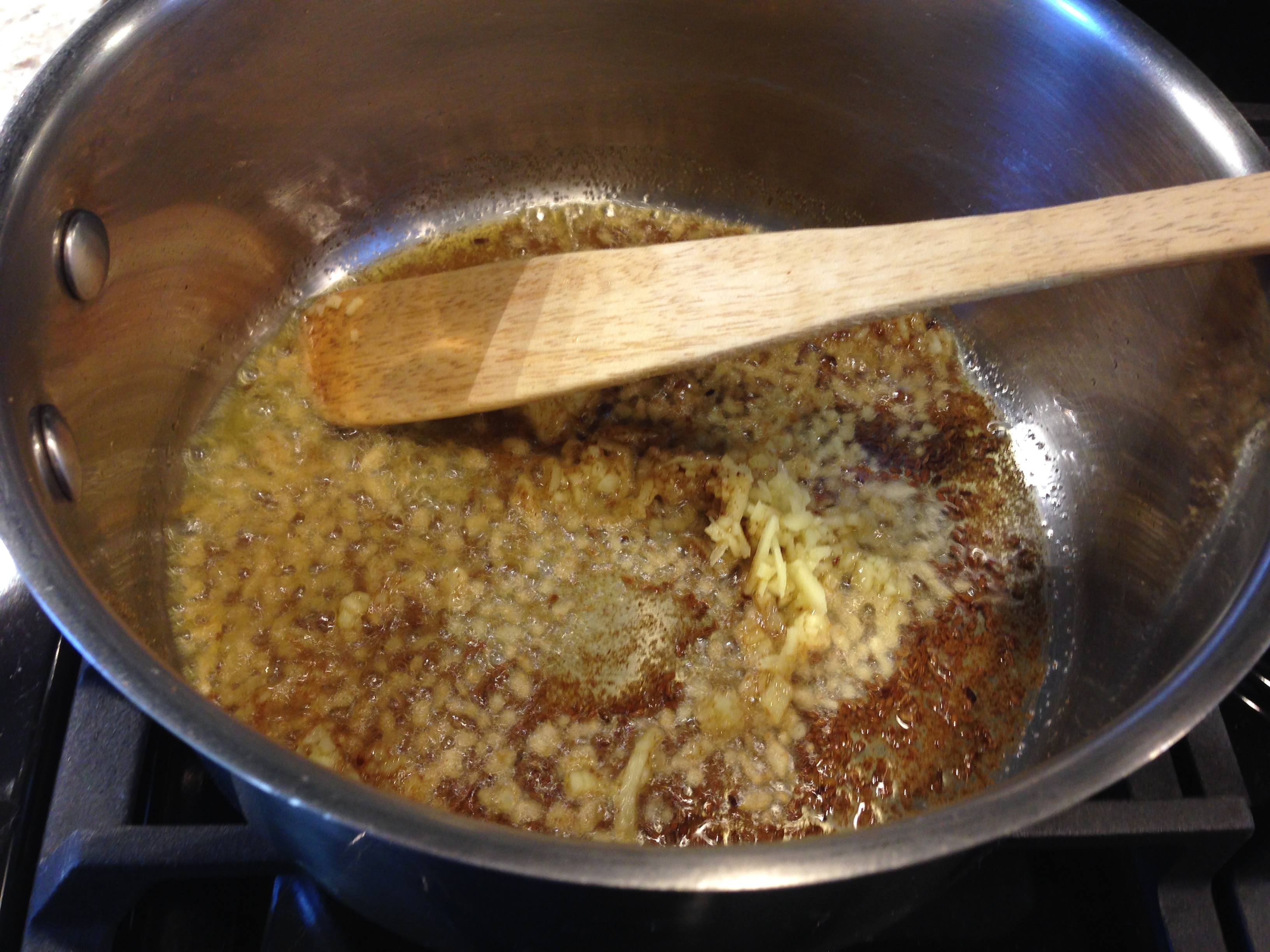
Add the ginger and saute 1 more minute. The smell of ghee (or if you’re using clarified butter) combined with spices and ginger is already starting to fill the room with a heavenly aroma.
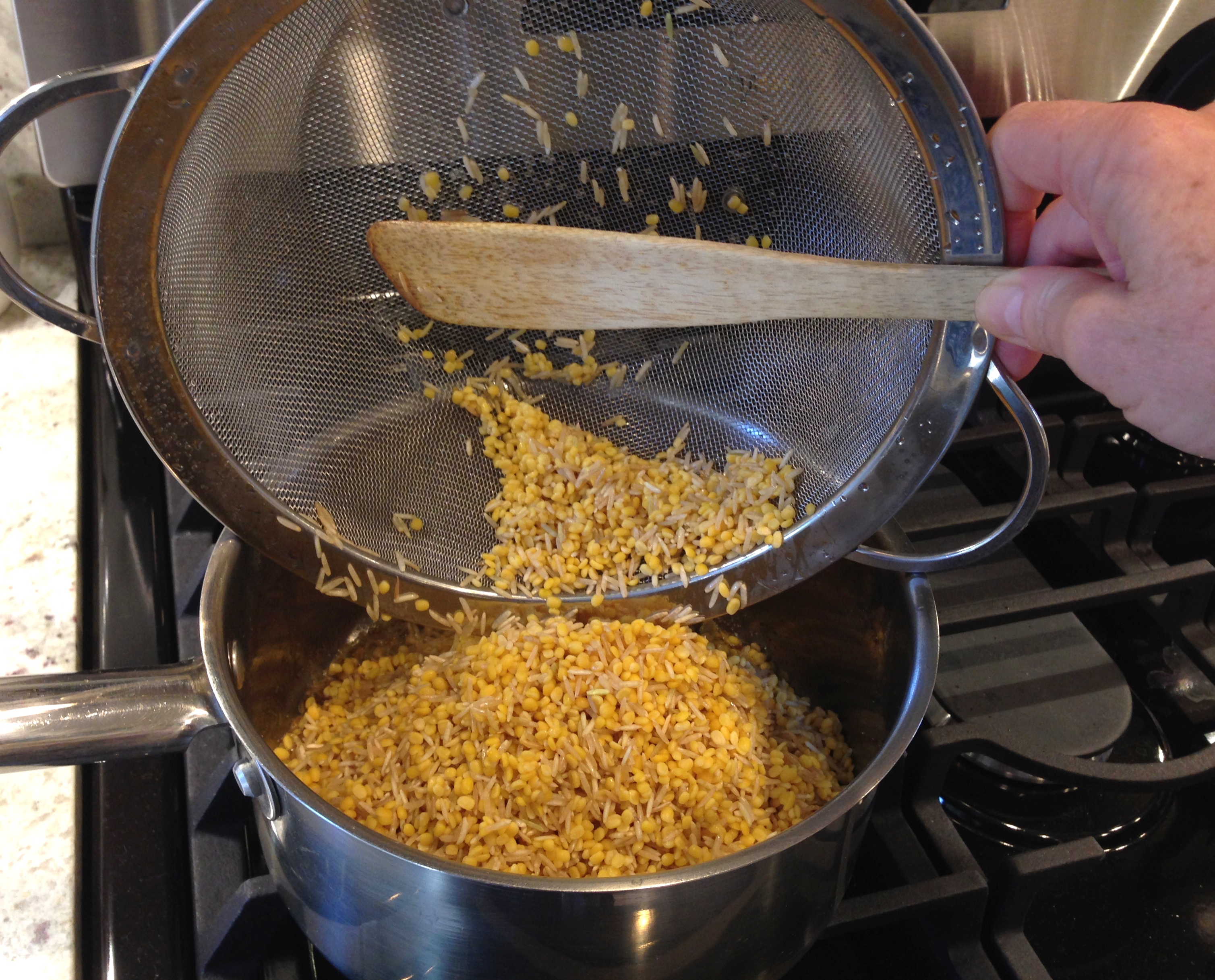
When you add the washed and drained rice and dal, any water from washing is going to sizzle and pop, so be careful. Make sure to stir frequently now, letting it cook for a bit. You will see the rice start to look somewhat shiny. Add the turmeric to the rice and dal and stir together one minute longer, still stirring.
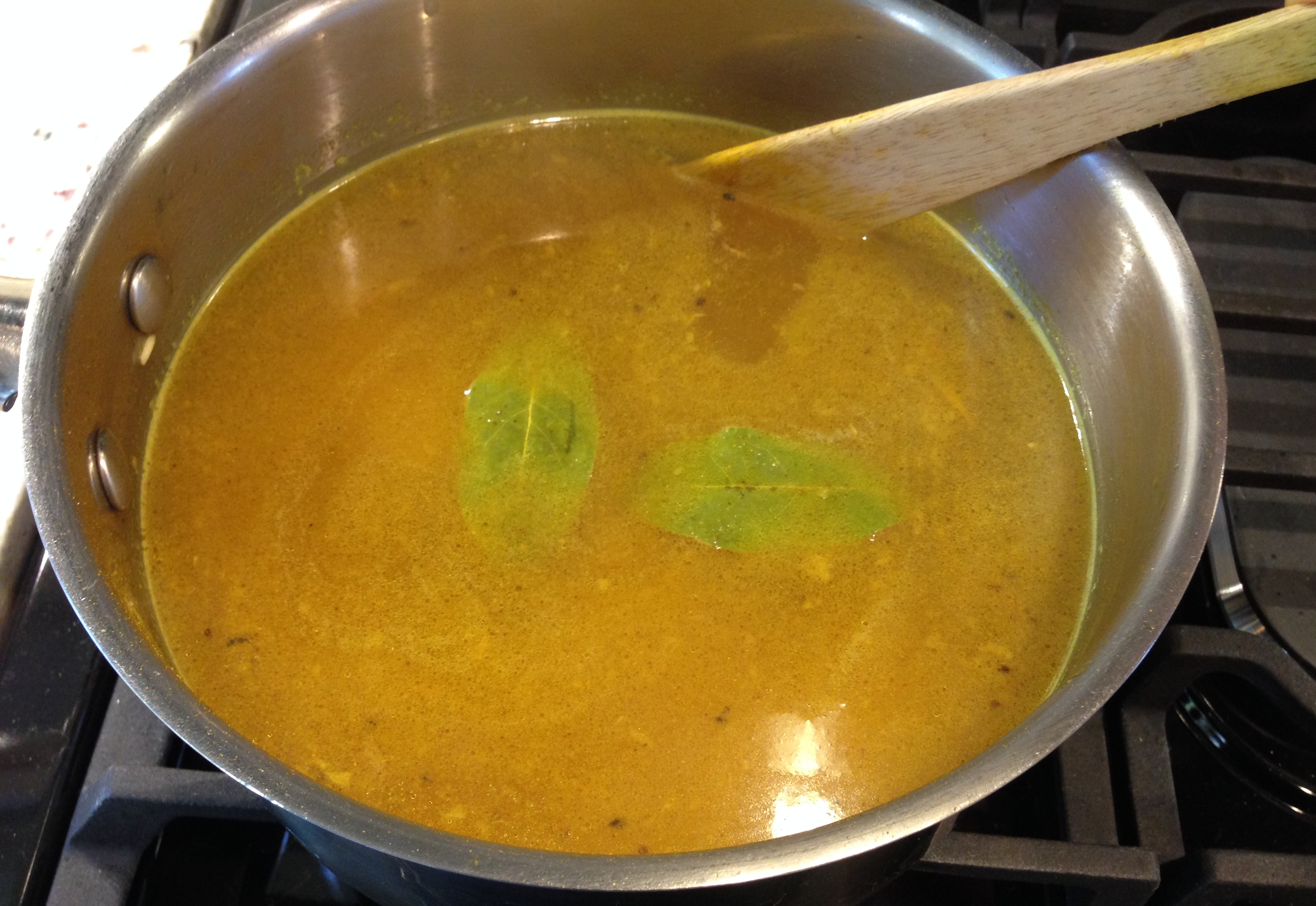
Add the boiling water and bay leaves. Cover and lower heat to a simmer and cook about 30-45 minutes or until the water has been absorbed, stirring occasionally. You can always add more water if you want a soupier consistency.

Time for the carrots to go into the hot tub! Add the longer cooking vegetables such as carrots halfway through the cooking.
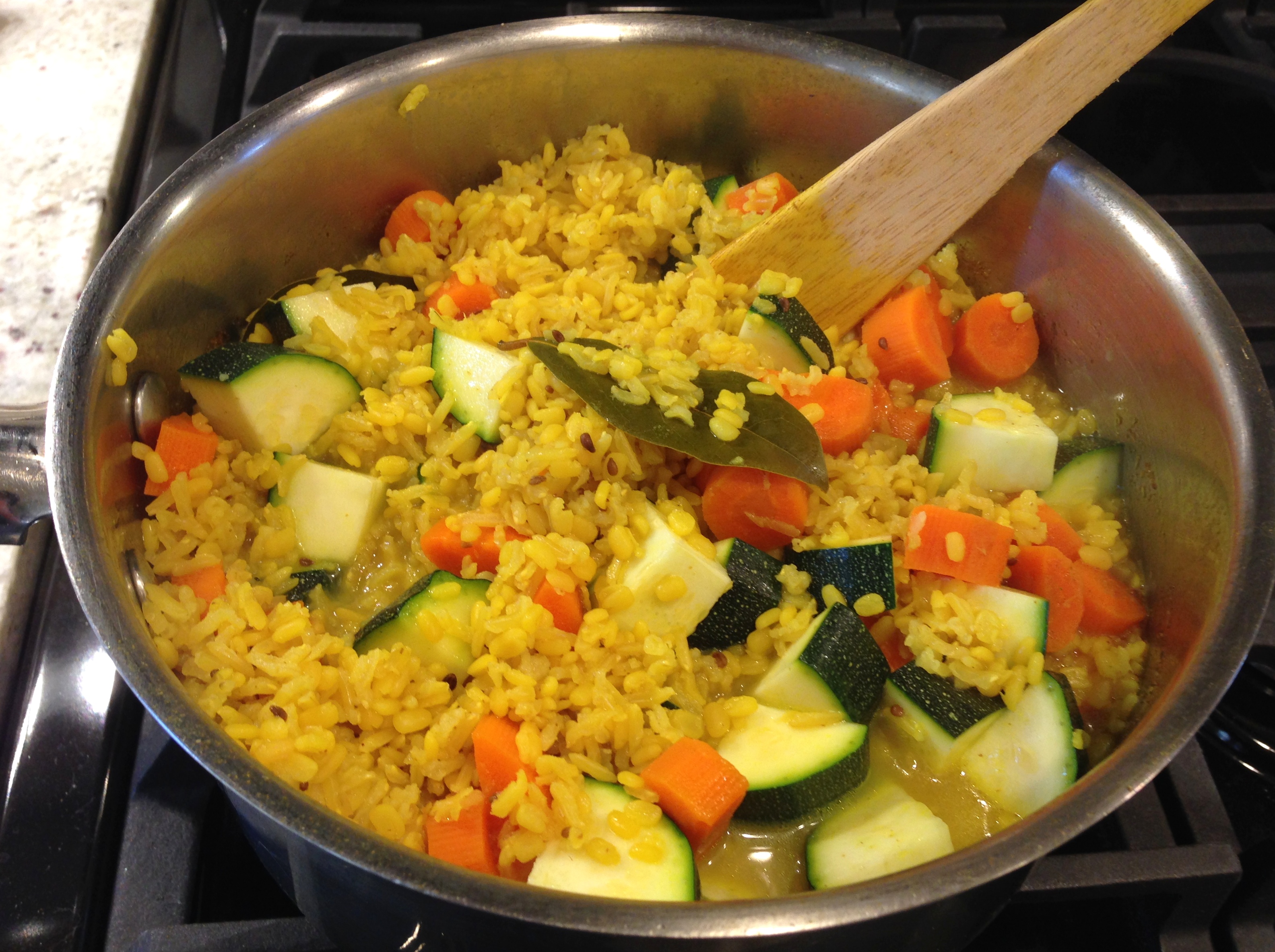
In about 10 minutes add the zucchini. You can make the Kitchari without vegetables but I think they help balance out the fiber and make for a smoother cleanse…if ya know what I mean!
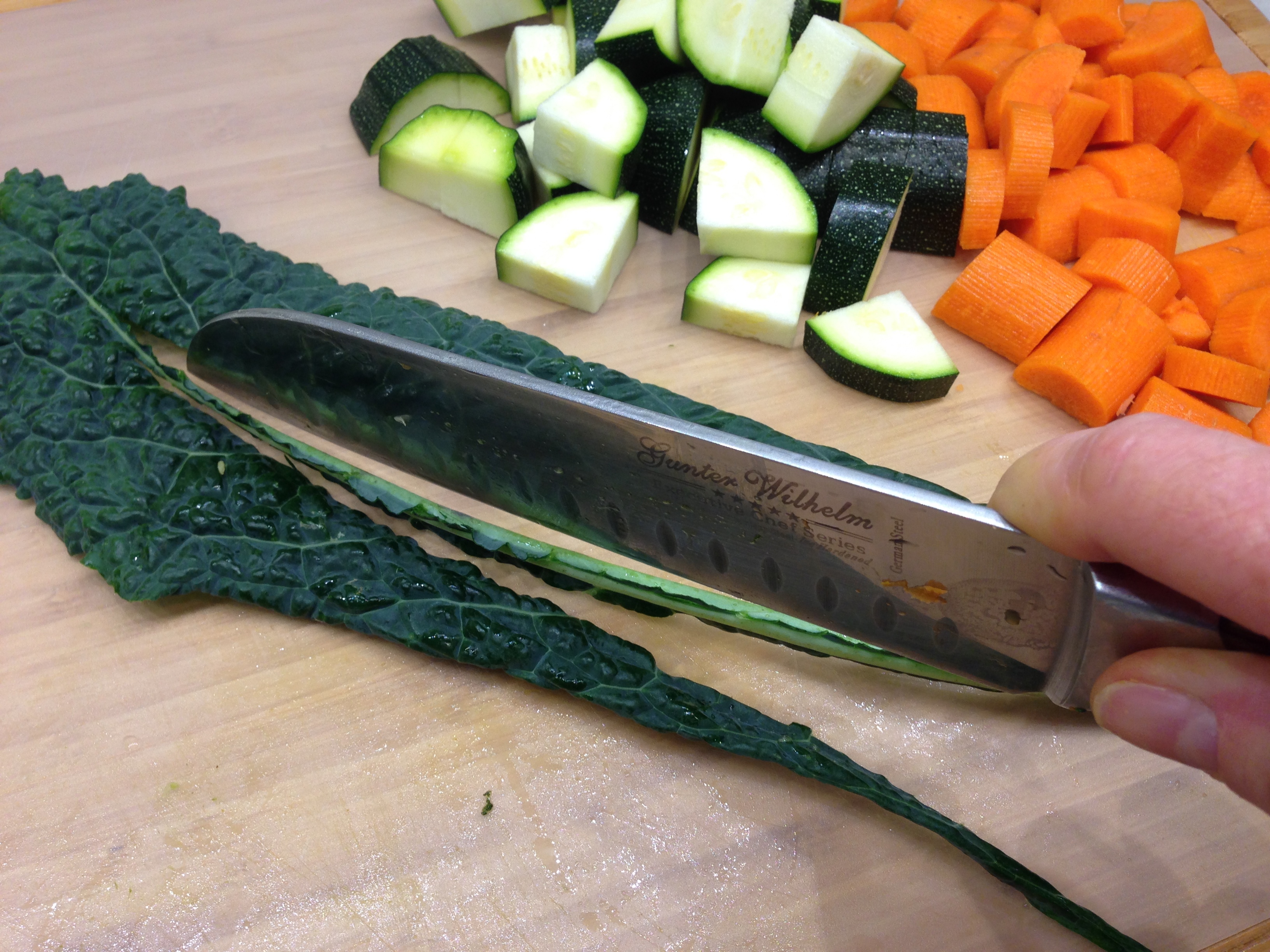
Add the vegetables that cook faster such as leafy greens near the end. Make sure to remove the tough stem from the kale before chopping. That stem is way too tough to ever use it in anything! Traditionally your finished Kitchari should be the consistency of a vegetable stew as opposed to a broth, unless you prefer it to be soupier. Don’t forget to taste your Kitchari and add some salt before serving. The salt will bring out the spices and round out the flavor.
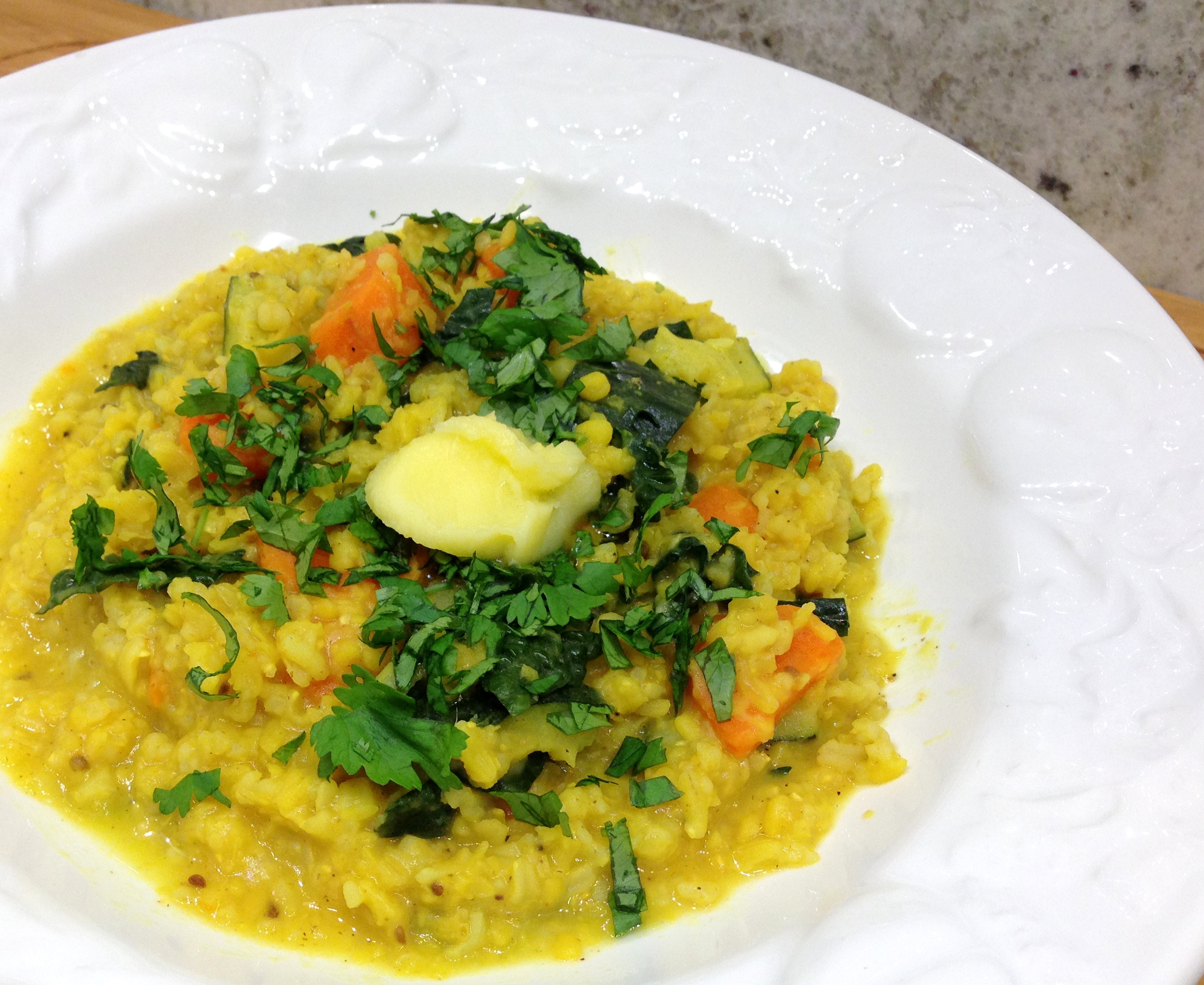
*Serve with chopped cilantro and a dollop of ghee. Trust me, the ghee is so good on this dish as a topper! In fact it makes a HUGE difference in the flavor. You can garnish with a dollop of yogurt or sour cream too if using as a main or side dish, not as a cleanse.


- 2 tablespoons organic Ghee, plus more to garnish ( you can substitute with Clarified Butter)
- 1 teaspoon cumin seeds
- 1 teaspoon fennel seeds
- 2 tablespoons fresh ginger, minced or 1 tablespoon Dry Ginger
- 1 teaspoon turmeric
- Pinch of cayenne pepper
- 1 cup White or Brown Basmati Rice (you can blend them)
- 1 cup organic Moong Dal (Yellow Lentils)
- 5 cups boiling water
- 2 bay leaves
- 1 1/2 cups each carrots, zucchini, Tuscan kale (or any other vegetables that you like)
- Salt and Pepper to taste
- * GARNISH
- Chopped Cilantro, Greek Yogurt, Sour Cream or Ghee
- Pick over rice and dal to remove any stones. Put rice and dal in a fine mesh colander and rinse mixture under cool water until water runs clear. Set aside to drain.
- Saute cumin and fennel seeds in Ghee or Butter in large pot until fragrant. They will pop as they heat up releasing their fragrance.
- Add ginger and saute 1 more minute.
- When you add the washed and drained rice and dal, any water from washing is going to sizzle and pop, so be careful. Make sure to stir frequently now, letting it cook for a bit. You will see the rice start to look somewhat shiny. Add the turmeric to the rice and dal and stir together one minute longer, still stirring.
- Add the boiling water and bay leaves. Cover and lower heat to a simmer and cook about 30-45 minutes or until the water has been absorbed, stirring occasionally. You can always add more water if you want a soupier consistency.
- If you are adding vegetables to your Kitchari, add the longer cooking vegetables such as carrots and zucchini halfway through the cooking. Add the vegetables that cook faster such as leafy greens near the end. Traditionally your finished Kitchari should be the consistency of a vegetable stew as opposed to a broth, unless you prefer it to be soupier.
- *Serve with chopped cilantro and a dollop of ghee. Trust me the ghee is so good on this dish as a topper! You can garnish with a dollop of yogurt or sour cream too if using as a main or side dish, not as a cleanse.


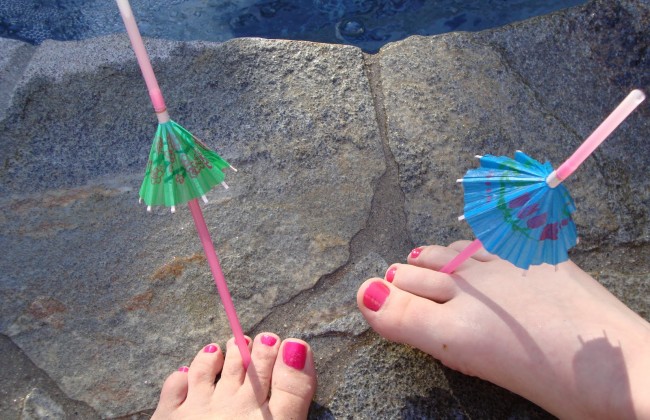
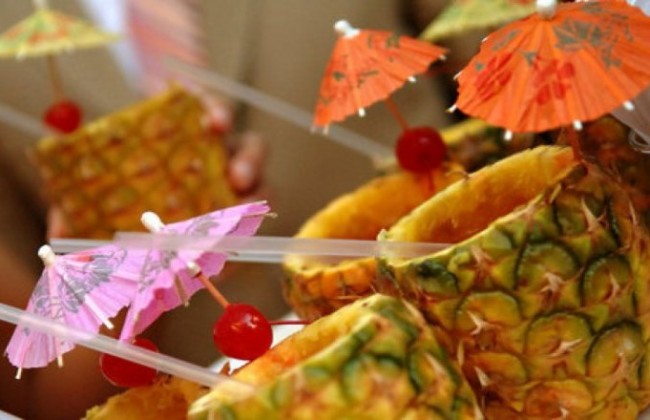
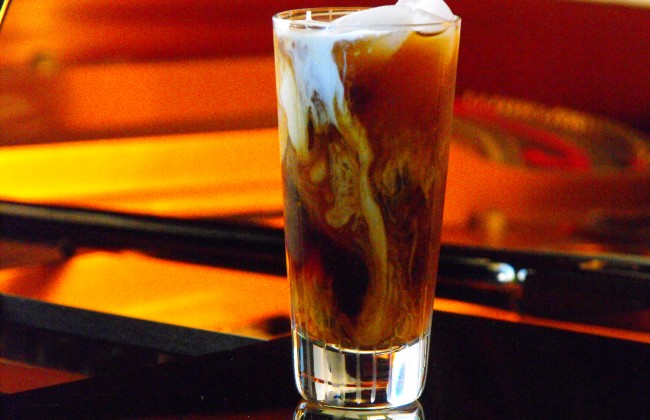
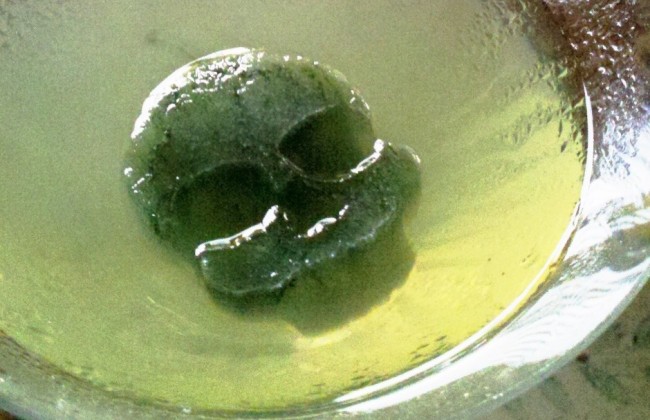
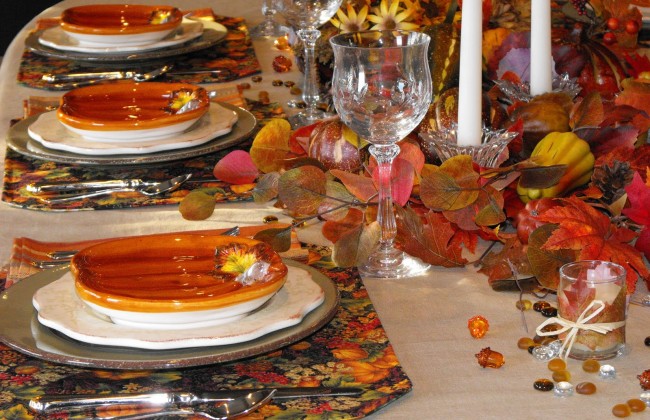

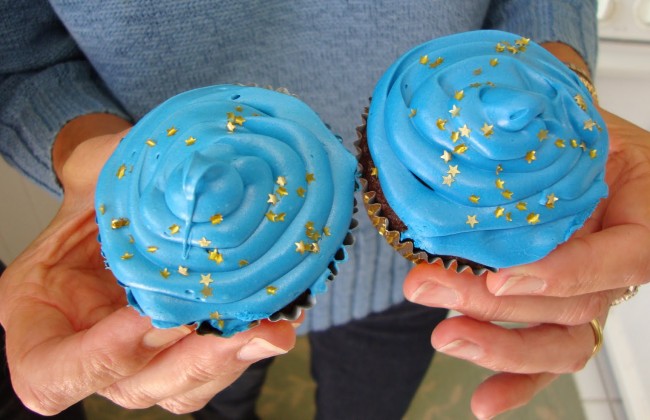



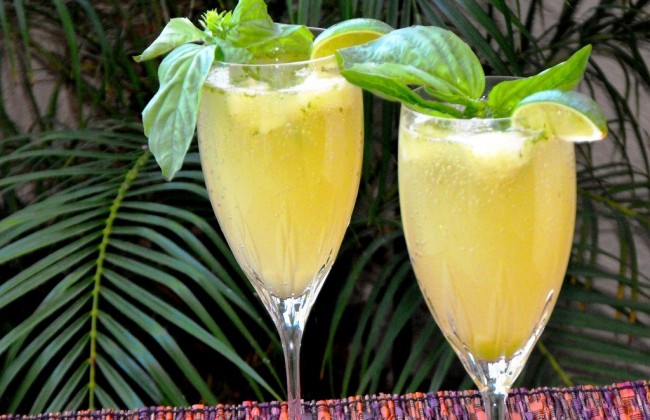
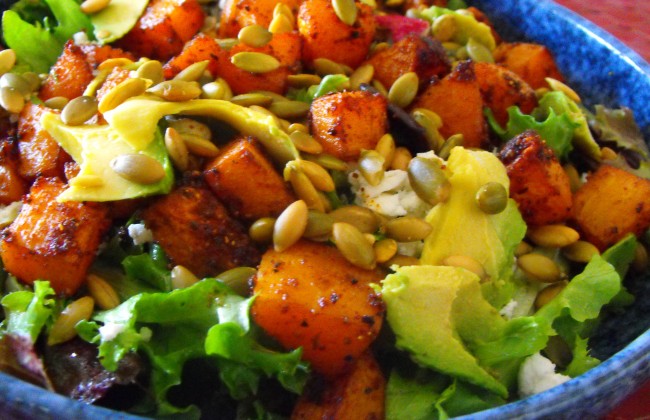
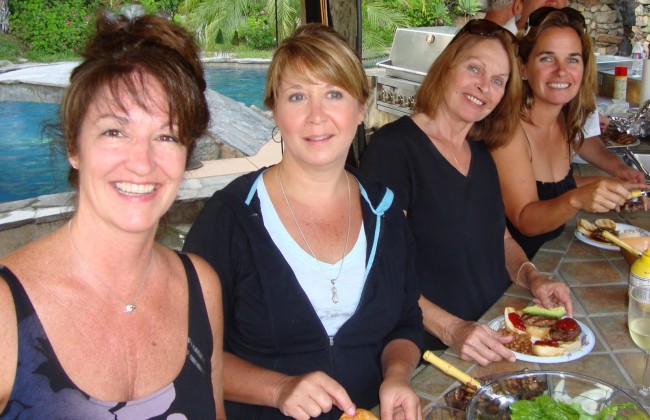



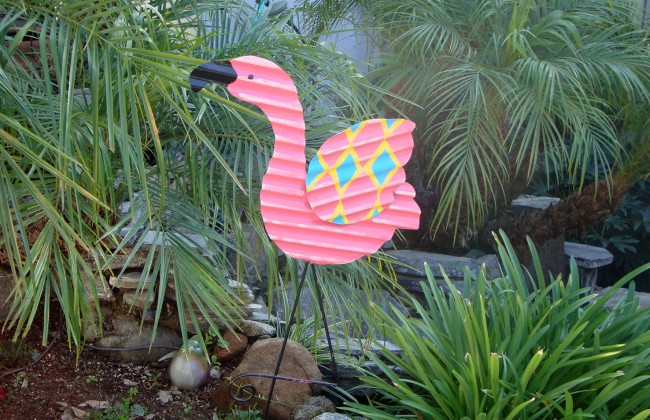
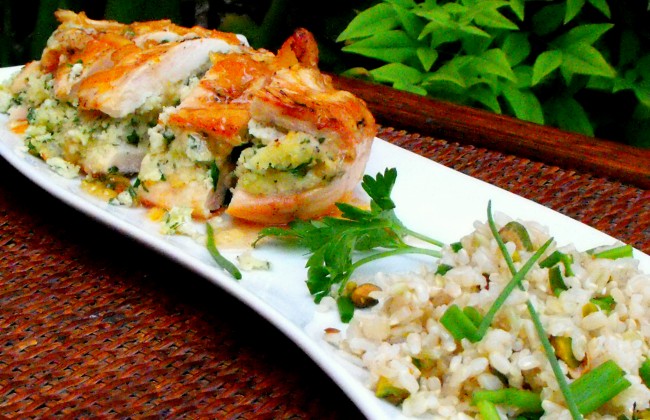

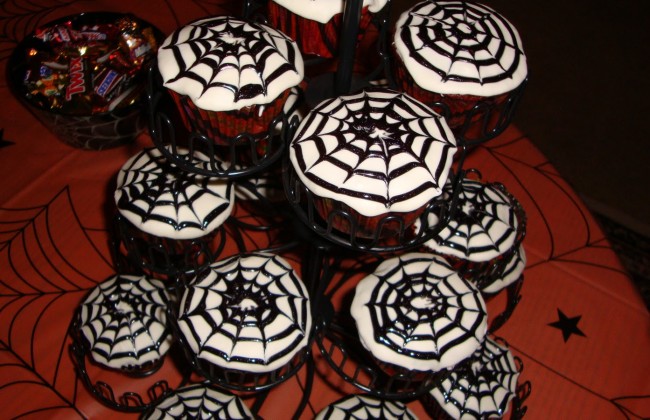


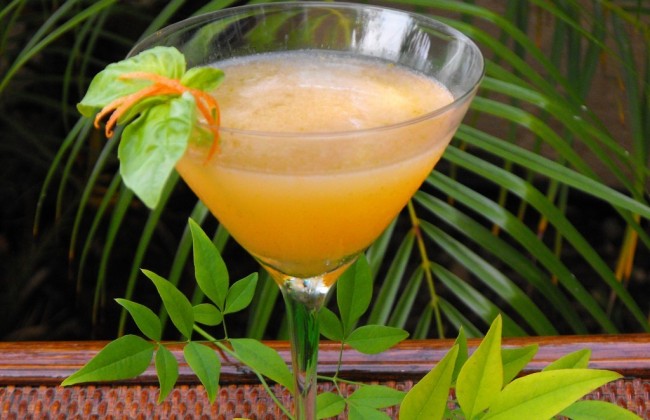
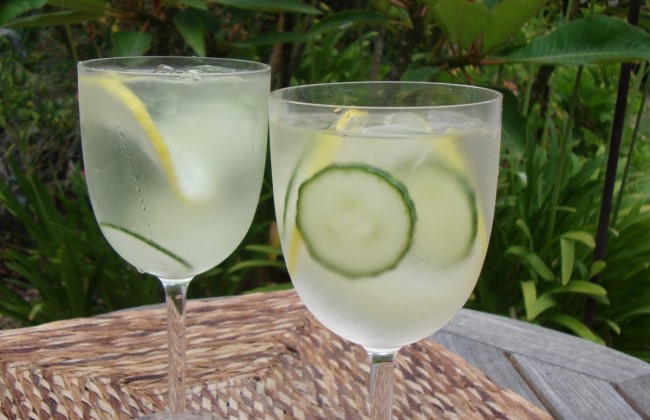

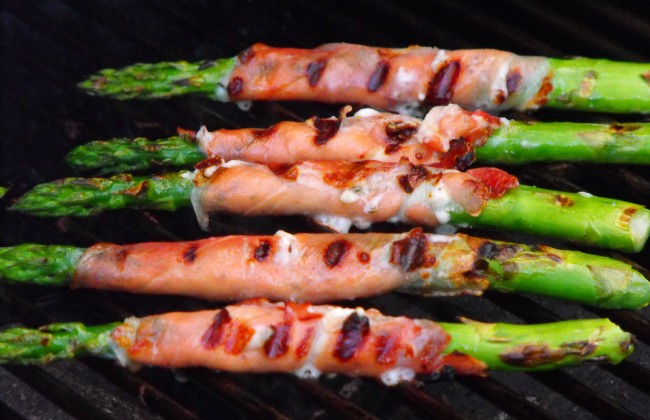



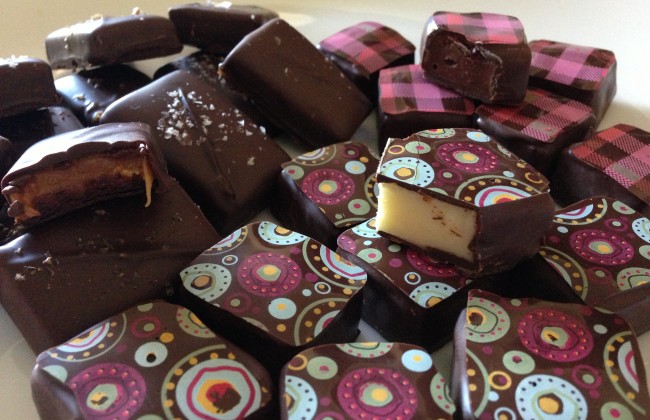
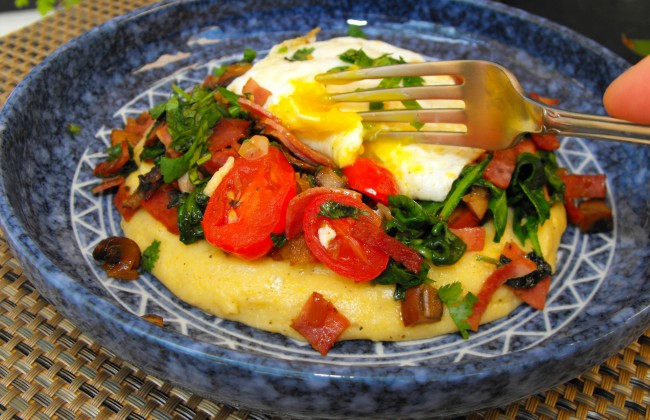

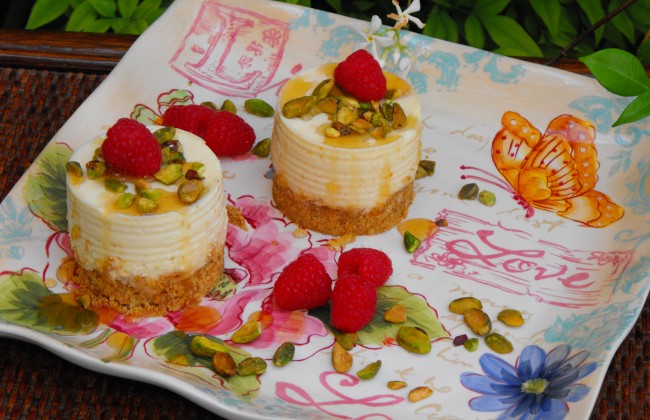

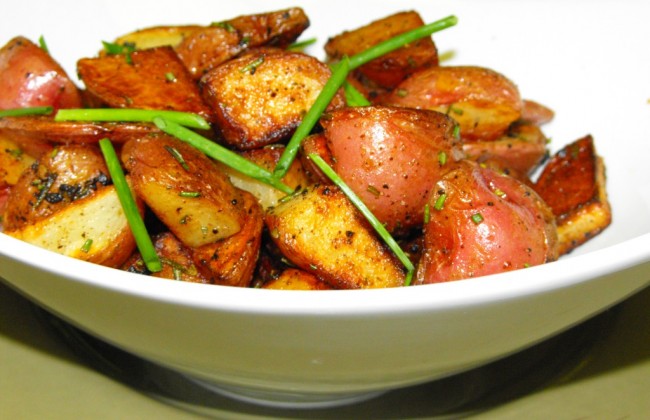

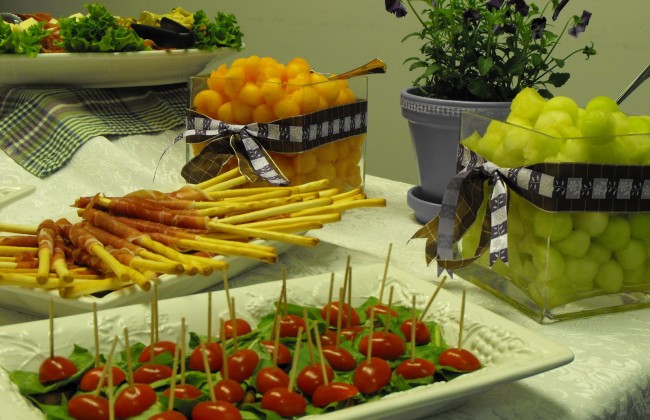
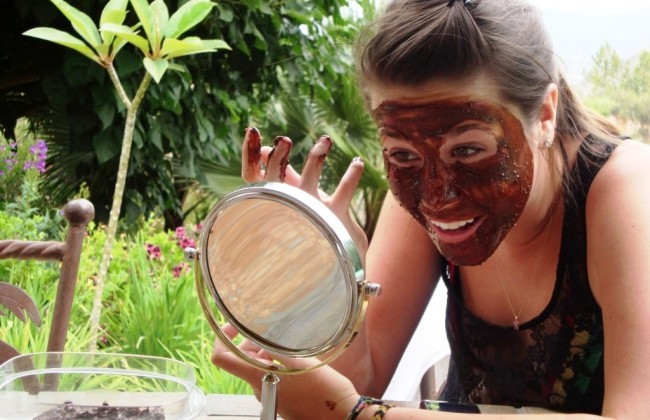
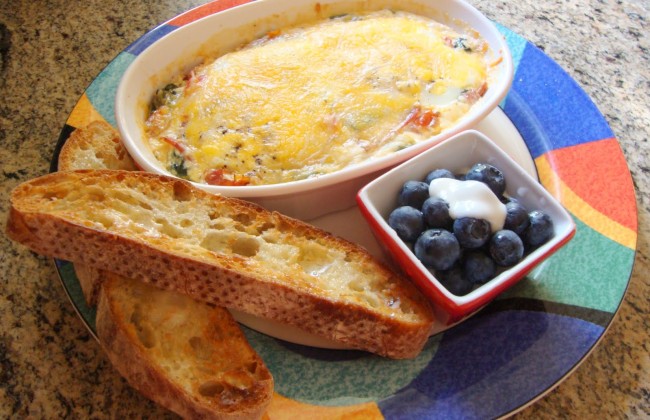






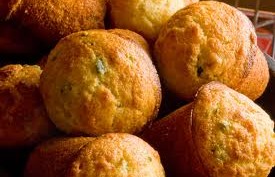

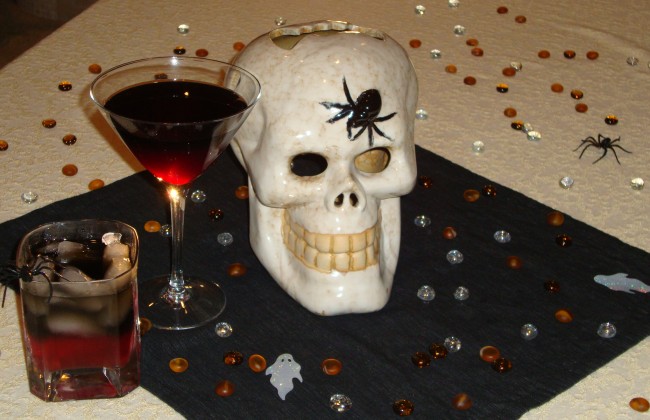


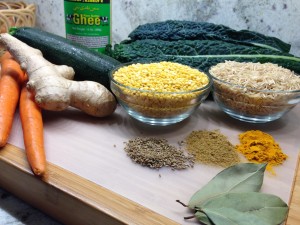

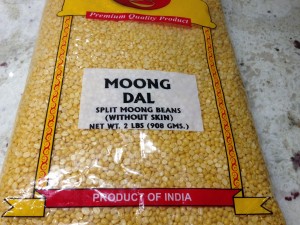
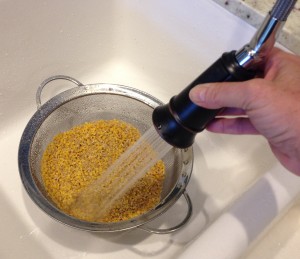

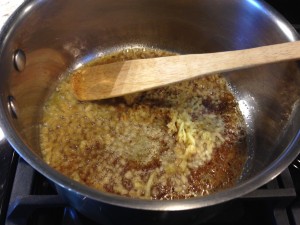

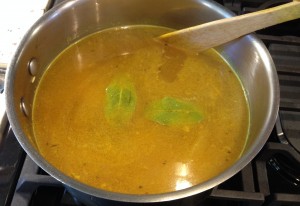

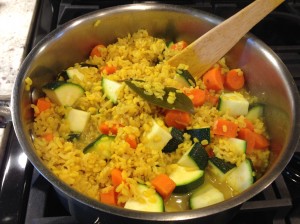
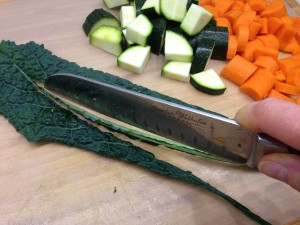
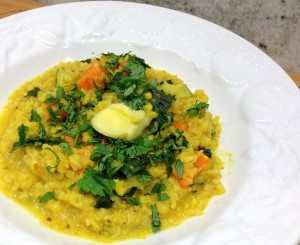

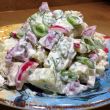
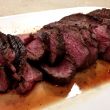

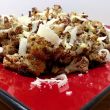

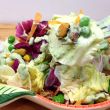

You get smarter all the time, and your blogs are so interesting to read. I am quite in awe of you, Dear.
I love this dish! It is one of my ‘comfort’ foods. Tasty and healthy!